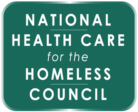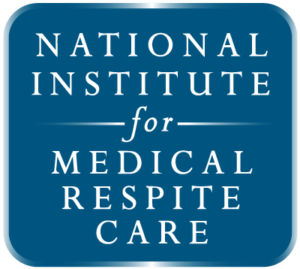Healing Hands: Homeless People at Higher Risk for CA-MRSA, HIV & TB (2006)
Homelessness increases one’s risk for infectious diseases and complicates access and adherence to treatment. Three infectious agents that disproportionately affect homeless populations — community-associated methicillin-resistant Staphylococcus aureus (CA-MRSA), the human immunodeficiency virus (HIV), and Mycobacterium tuberculosis (TB) — are the focus of this issue of Healing Hands, which highlights recent research on screening, treatment and […]
Healing Hands: Homeless People at Higher Risk for CA-MRSA, HIV & TB (2006) Read More >>

